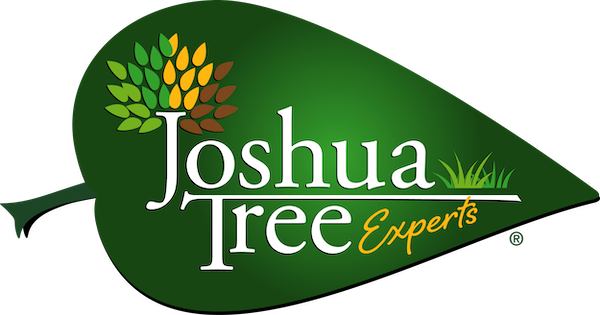Trees are a valuable part of your landscape and you hate to see them succumb to problems. Unfortunately, there are many potential threats to watch out for, including insects killing trees and shrubs.
Pest problems are not always easy to identify as they often start out subtly and have signs and symptoms that look like other potential problems, like a disease.
In this article, we’ll talk about the types of insects that kill trees and shrubs so that you have a better idea of what to look for and how to prevent the problem from getting serious.
Types of Insects that Kill Trees and Shrubs
The first step in dealing with an insect problem is identifying what is attacking your tree. Here are some of the common bugs that can kill trees in Pennsylvania.
#1: Spotted Lanternflies
By now you have surely heard of the Spotted Lanternfly. In fact, you may have even seen them around the area or on your own property. This pest (which originates from Asia) has a piercing, sucking mouthpart used to feed on your tree. While its favorite host plant is the Tree of Heaven, it has been found to feed on many other tree varieties.
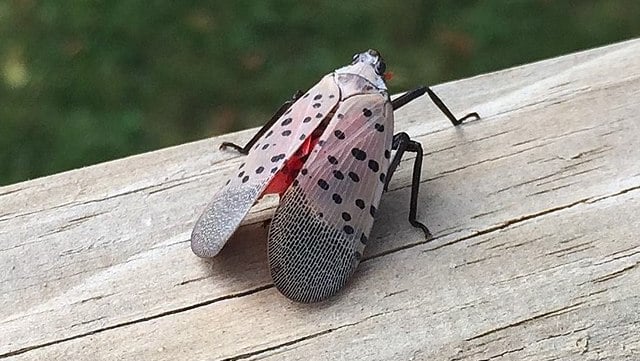
While many companies are now offering various Spotted Lanternfly treatment programs, it’s important to recognize that not all programs are going to be the same. With a pest as highly destructive as this, you want to make sure you are choosing an effective program.
At Joshua Tree, our program consists of four strategically timed visits. The spring treatment involves a systemic treatment to the soil. Performed at the root zone, with an injection, it’s really effective at targeting Spotted Lanternflies early on. The product will translocate through the entire tree. When these pests start feeding, it will kill them.

The other three visits that we perform are tree-spraying visits with a product that will kill Spotted Lanternflies upon contact. Our program targets the entire lifecycle of the pest from the nymph stage all the way up to the adult stage.
#2: Spider Mites
The Spider Mite is a teeny-tiny pest that can do big damage. Unfortunately, we have two different types of Spider Mites that reside in our area. The Spruce Spider Mite feeds on various species of spruce trees, Douglas Firs, hemlock, juniper, and other conifers.
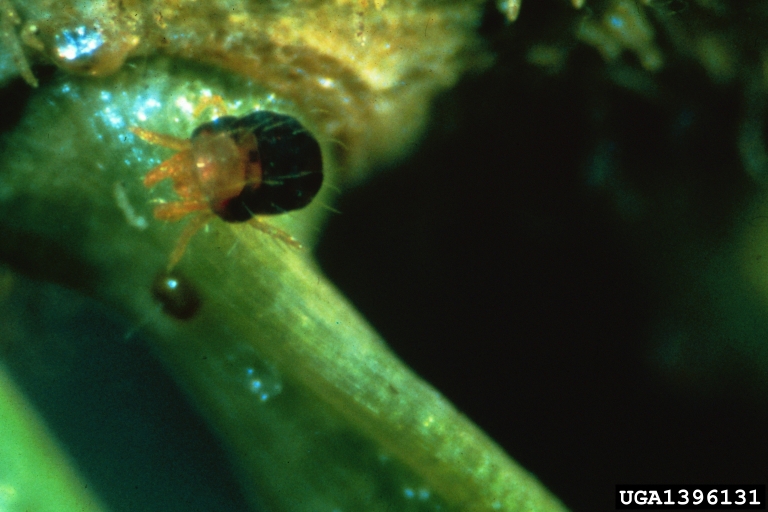
As far as insects killing trees and shrubs, this is a nasty one. It is considered one of the most destructive landscape pests out there.
The other type of Spider Mite is the Two-Spotted Spider Mite, which is also called “Red Spider Mite.” This pest is not one bit picky and will be happy to set up shop in flowering plants, shrubs, and shade trees. Once established, the females overwinter under the bark or in the groundcover at the base of the host plant.
When spring arrives, they get to work laying eggs on the underside of leaves. These eggs hatch fairly quickly and the newly emerged spider mites start eating their host’s healthy plant material.
It’s important to note that there are both harmful and beneficial mites that can be found in trees and shrubs. You don’t want to harm the beneficial mites as they actually eat the harmful ones. Therefore, the best treatment for Spider Mites is using a selective miticide that won’t kill the beneficial mites.
#3: Gypsy Moths
Gypsy Moths were first introduced into our country in Massachusetts all the way back in 1869. They have become quite established since that time. These invasive pests will eat all of the leaves on a tree and will eventually begin to cause defoliation.
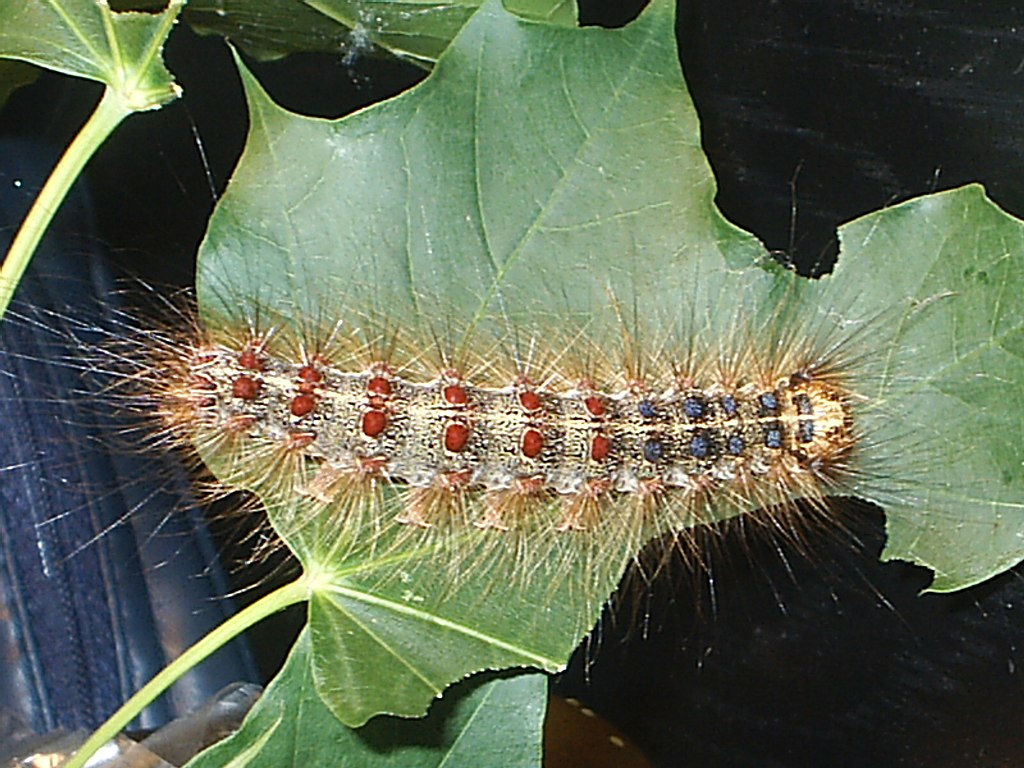
Unfortunately, this isn’t always noticeable right away.
By the time defoliation is more noticeable usually after 31% to 50% of the foliage is already lost and the pest problem is more significant. The good news is that it’s still treatable (if you act right away). The longer this goes on, the more likely your tree will die.
While there are some natural predators and diseases that help keep gypsy moths under control, registered pesticides are the most effective way to eradicate them. These chemical treatments work best when applied in early spring after the larva has hatched. It’s always best to treat the problem before a heavy loss of leaves has occurred.
#4: Japanese Beetles
As far as the types of insects that kill trees and shrubs, these shiny green bugs have the ability to be highly destructive. The major problem is that they often invite a bunch of their closest friends to also feed on your tree by emitting pheromones that attract them.
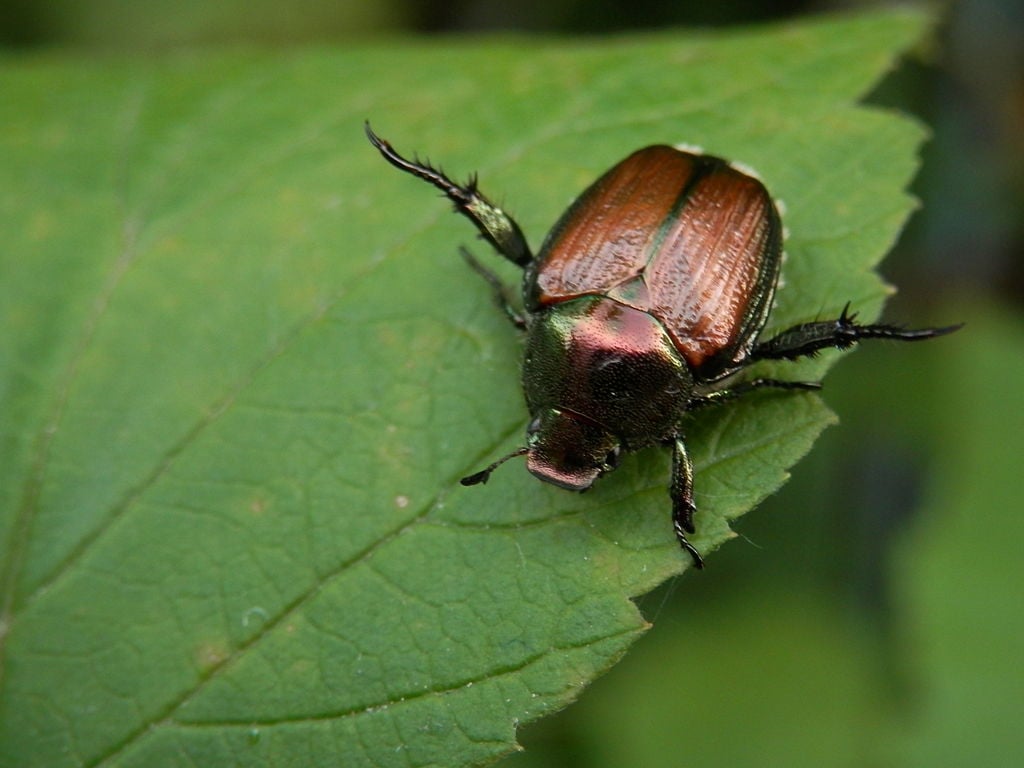
Japanese Beetles are not picky at all and will feed on as many as 300 different species of host plants. That means that your entire landscape could likely be at risk.
Unfortunately, there aren’t any natural remedies for eliminating Japanese beetles. Those “Beetle Traps” actually end up doing more harm than good. That’s because they actually attract pests. A single trap can lure as many as thousands of Beetles to your property. The only way to really get rid of them is to use a registered insecticide implied by a highly trained and licensed professional
#5: Scale
Generally speaking, scale insects are sap-feeding insects that are named for the scale that covers and conceals their bodies. It is a shell-like waxy covering. Depending on the species, you may find scale on tree branches, stems, foliage, or fruiting bodies. Scale insects feed by using their sucking mouthparts to suck sap from trees and shrubs.
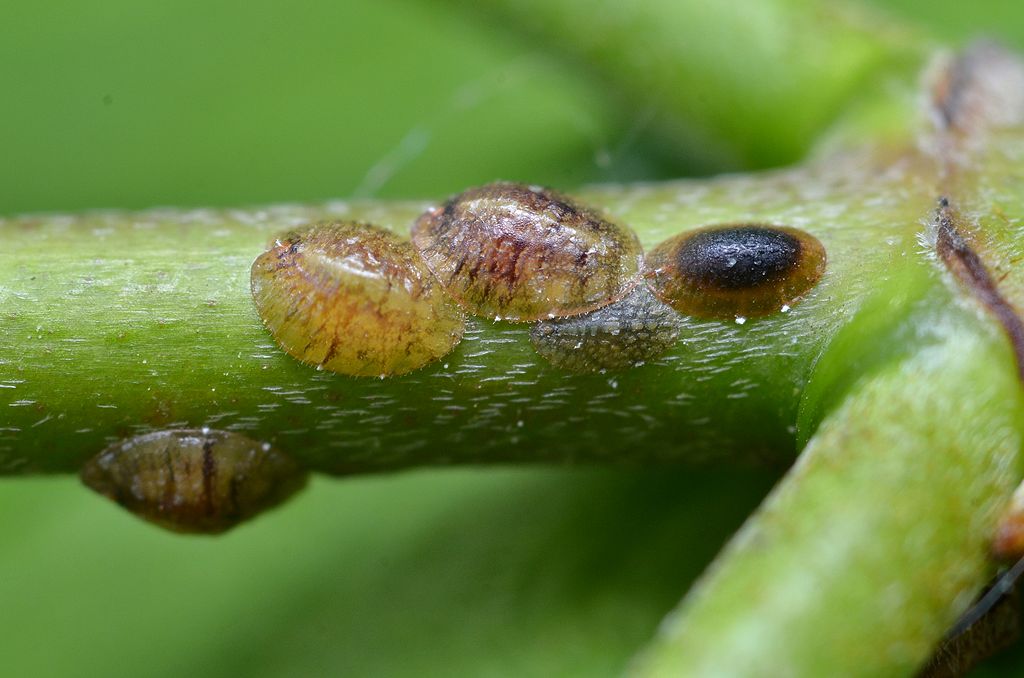
A variety of practices will likely be needed in order to truly control scale. This likely includes appropriately timed applications of horticulture oil, professional applications of targeted insecticides, and additional soil-applied products that get absorbed by the tree. Additional materials may need to be injected into the truck for certain types of scale insects.
#6: Bagworms
Bagworms are a type of caterpillar that is characterized by the silk “bag” that they create to shelter in.
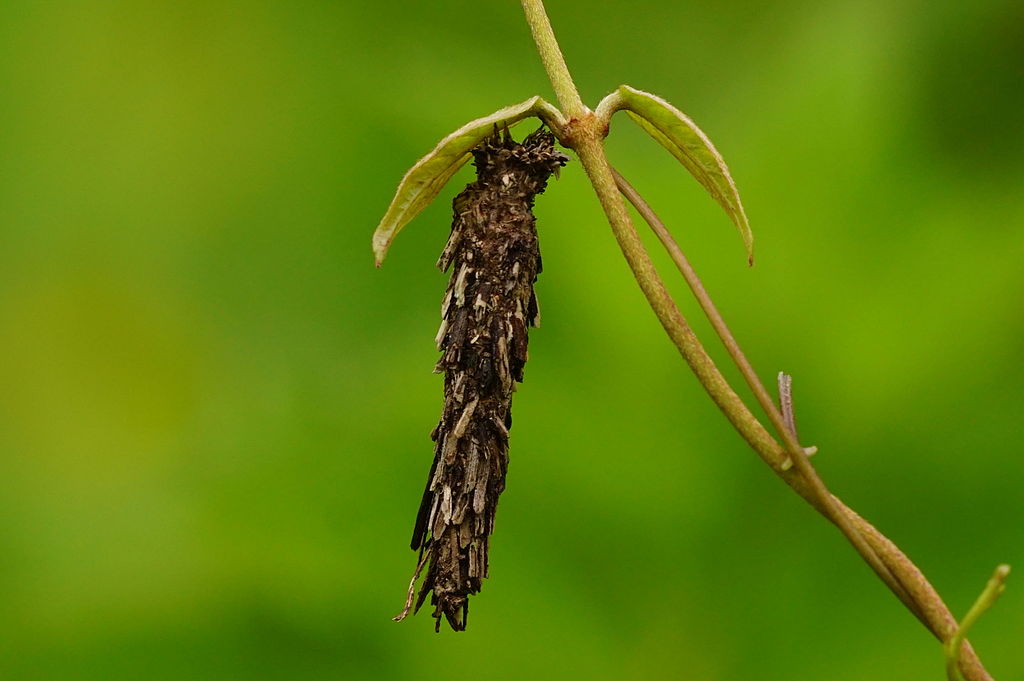
Young bagworms may leave small holes in the foliage after feeding. Mature bagworms, on the other hand, strip evergreens of their needles and devour whole leaves leaving only the larger veins. When found in great numbers, these pests can defoliate plants in a very short time. Heavy infestations can lead to the plant’s death in just a matter of a few weeks.
Killing bagworms can be done by hand-picking or cutting the bags from the infested plants before they hatch. Unfortunately, this is only effective if you do not have a total infestation.
When bagworms are too numerous to take care of by hand, then more serious bagworm treatment may be warranted with the use of a professional product. It’s important that the product is applied while the bagworms are still actively feeding so that the product will work.
How Do I Keep Insects from Killing my Trees and Shrubs?
Obviously, your goal would be to prevent insects from killing trees and shrubs whenever possible. The good news is that when working with a pest control professional, these types of problems can typically be addressed and treated swiftly.
For many pests, there are also preventative treatments that can be done. If you’ve dealt with a certain pest problem in the past, then you’ll want to talk to a professional about preventative applications that will provide proactive care.
At Joshua Tree Experts, that is what our Plant Health Care program is all about.
While we’ve talked about some of the common ones, there are so many different types of pests that pose a threat to your precious trees and shrubs without you noticing until the problem has progressed to a serious level. On top of that, there are diseases and other issues that can also be at play. Why not be protected and prevent damage in the first place?
At Joshua Tree, we can help set homeowners up for success by getting them on our Plant Health Care Program and having a Certified Arborist oversee their property to inspect for issues. It’s all about gaining peace of mind that your property is in good hands.
If you’d like to have a tree on your Allentown, Bethlehem, or Lansdale, PA area property assessed, contact us for a free consultation. Then you can rest assured knowing that we’ve got it completely under control.
Image Source: spotted lanternfly, spruce spider mite, gypsy moth, japanese beetle, scale, bagworm
